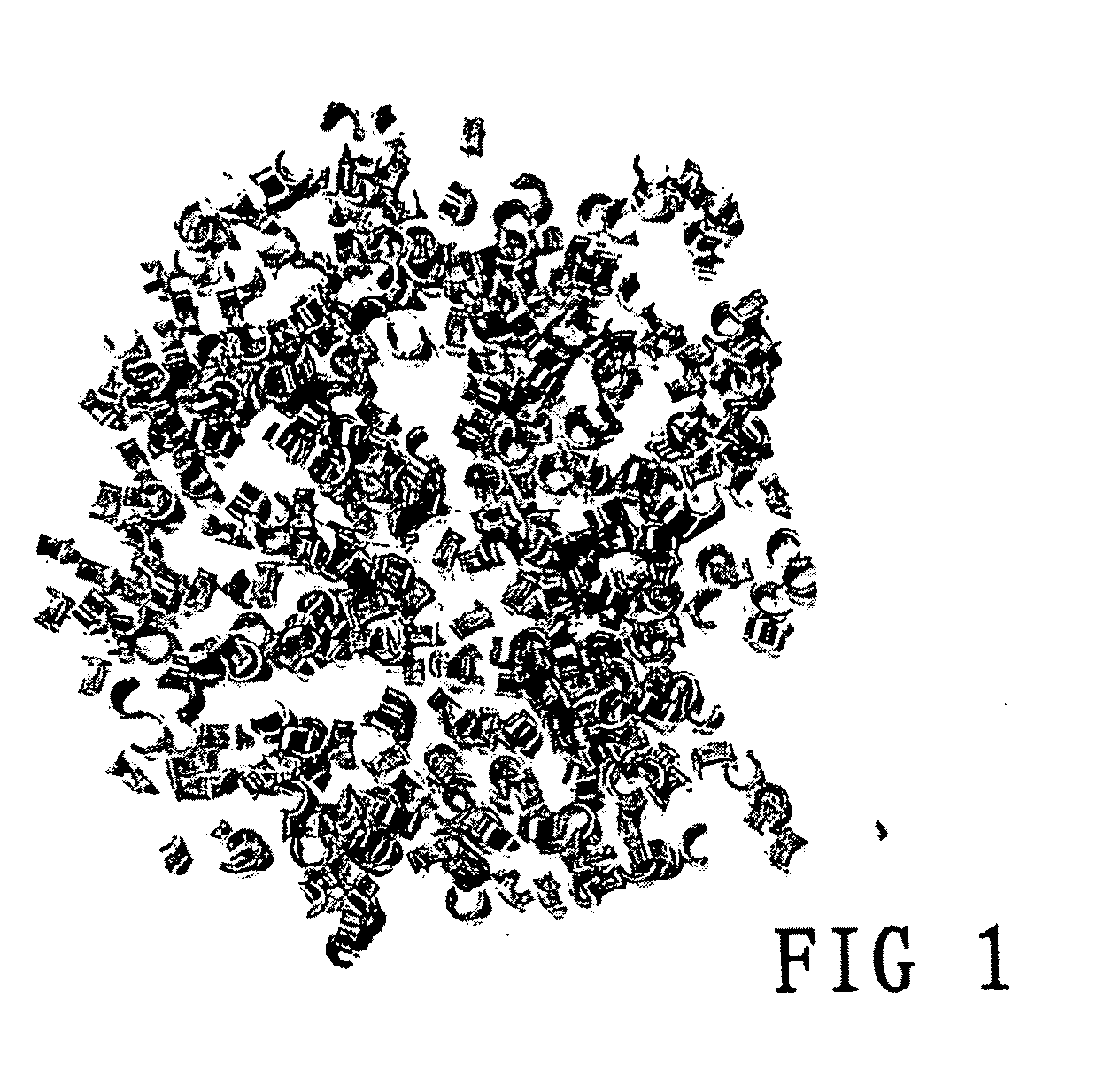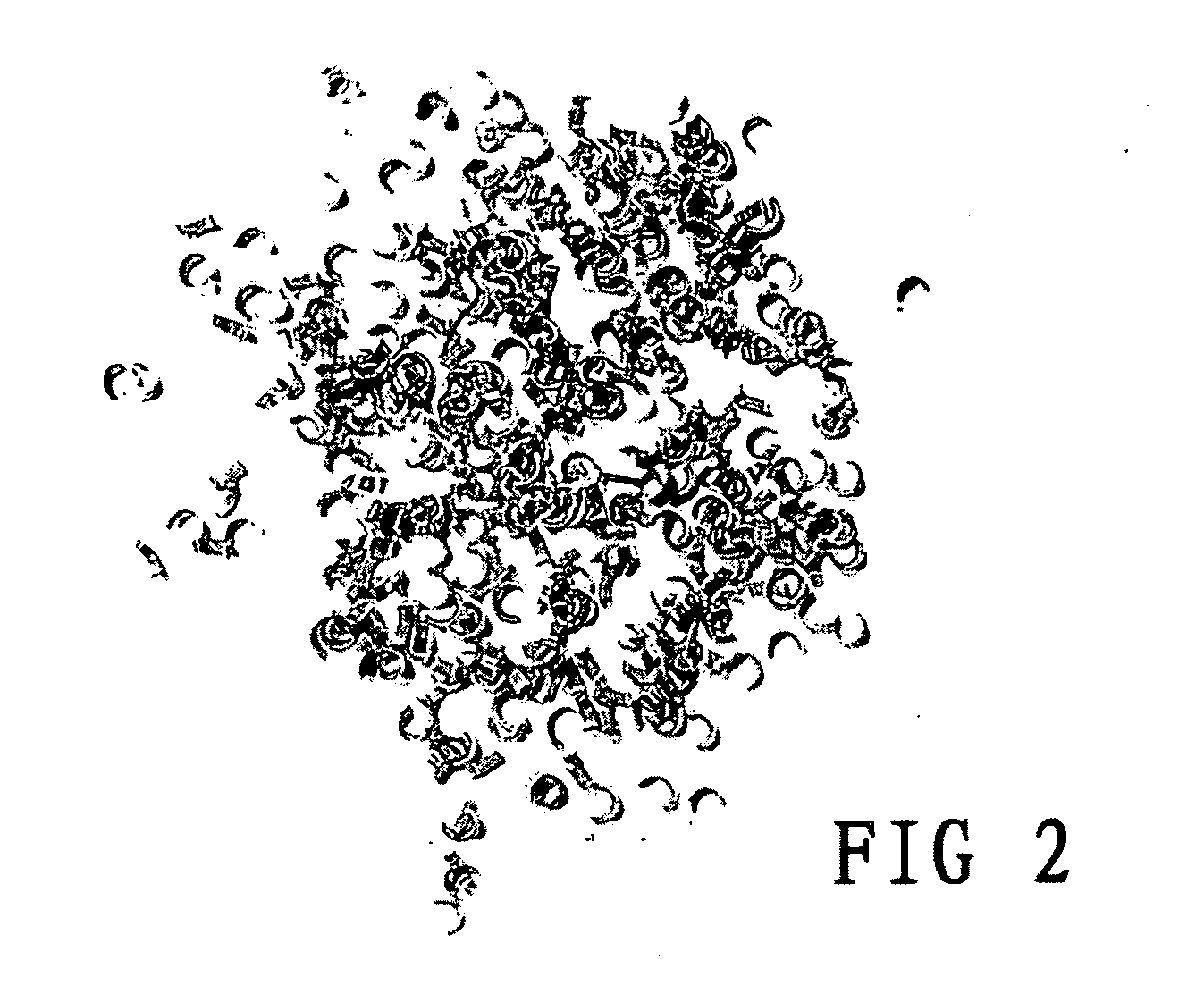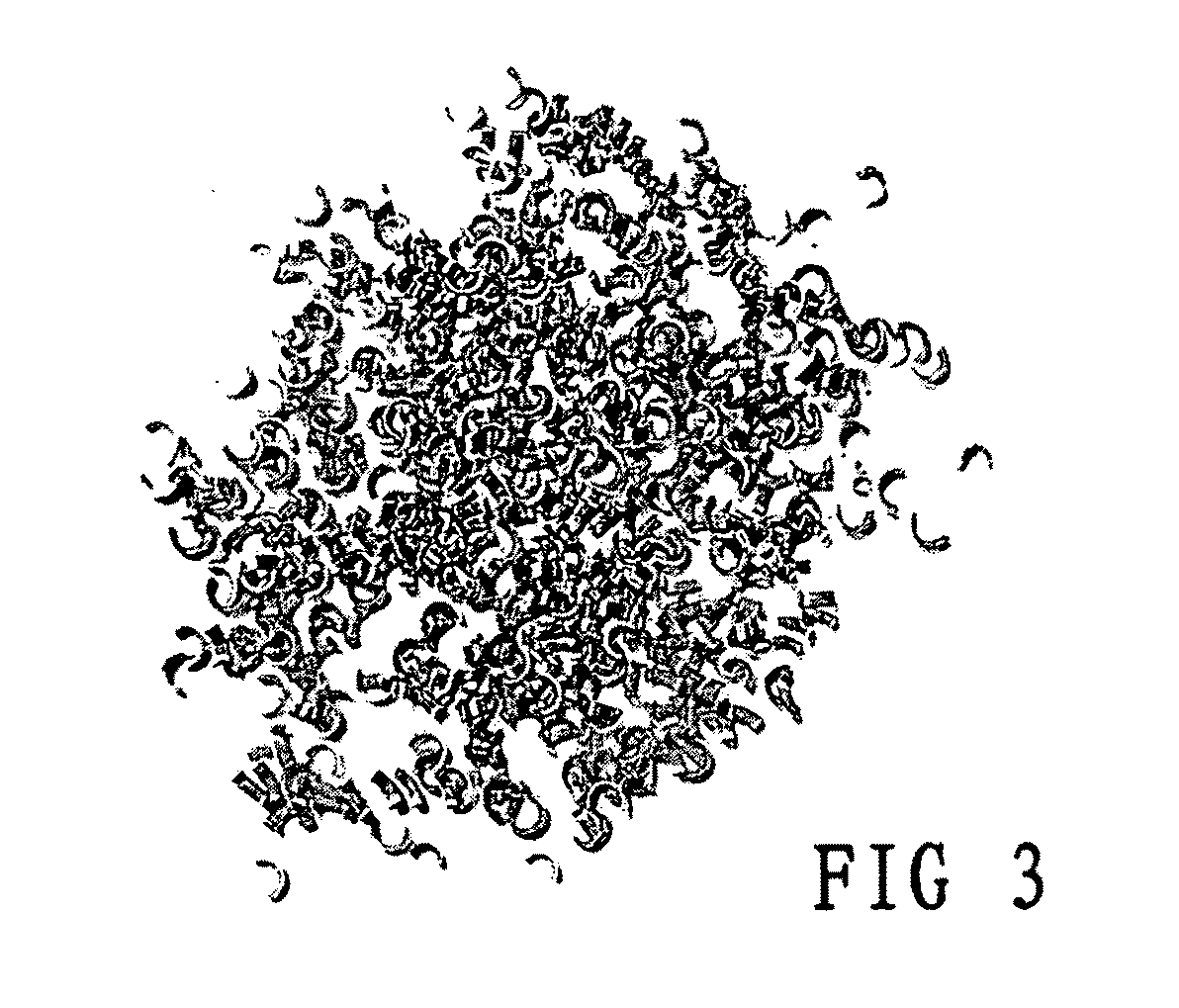Lead-Free, Bismuth-Free Free-Cutting Phosphorous Brass Alloy And Its Manufacturing Method
a technology free-cutting process, which is applied in the field of phosphorous brass alloy, can solve the problems of unavoid more harmful to the human body and the environment, and unfavorable pb contamination of drinking water,
- Summary
- Abstract
- Description
- Claims
- Application Information
AI Technical Summary
Benefits of technology
Problems solved by technology
Method used
Image
Examples
examples
[0031]The alloy composition of examples 1 to 9 is shown in Table 1. The alloy ingots are for applications including forging, remelting and low pressure die casting, and for extruding into bar. The cuttability, castability, dezincification corrosion resistance and mechanical properties have been tested. Forging is processed at a temperature of between 570 to 700 degrees Celsius. The extruding is processed at a temperature of between 560 to 680 degrees Celsius. The low pressure die casting is processed at a temperature of between 980 to 1000 degrees Celsius. Stress relief annealing is processed at a temperature of between 350 to 450 degrees Celsius.
TABLE 1Composition of lead-free, bismuth-free free-cuttingphosphorus brass alloy (wt %)ExamplesCuPSbSiAlSnTiBREZn156.320.710.050.14—0.040.020.005—Balance257.510.690.010.040.190.04—0.006—Balance358.200.810.060.260.080.02—0.008—Balance457.981.020.360.270.020.01—0.006—Balance557.100.960.540.430.21——0.007—Balance657.940.920.010.270.16—0.010.000...
PUM
| Property | Measurement | Unit |
|---|---|---|
| wt % | aaaaa | aaaaa |
| wt % | aaaaa | aaaaa |
| wt % | aaaaa | aaaaa |
Abstract
Description
Claims
Application Information
 Login to View More
Login to View More - R&D
- Intellectual Property
- Life Sciences
- Materials
- Tech Scout
- Unparalleled Data Quality
- Higher Quality Content
- 60% Fewer Hallucinations
Browse by: Latest US Patents, China's latest patents, Technical Efficacy Thesaurus, Application Domain, Technology Topic, Popular Technical Reports.
© 2025 PatSnap. All rights reserved.Legal|Privacy policy|Modern Slavery Act Transparency Statement|Sitemap|About US| Contact US: help@patsnap.com



